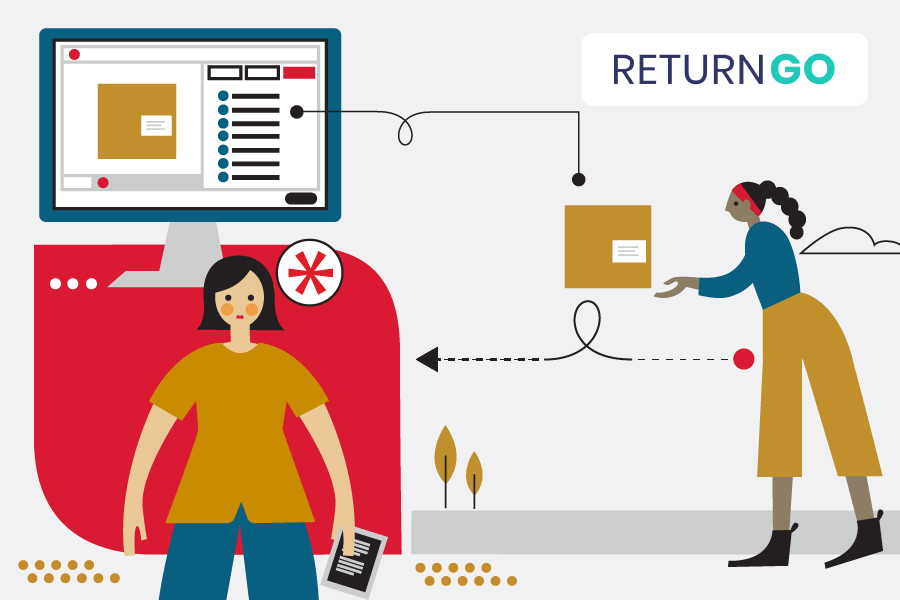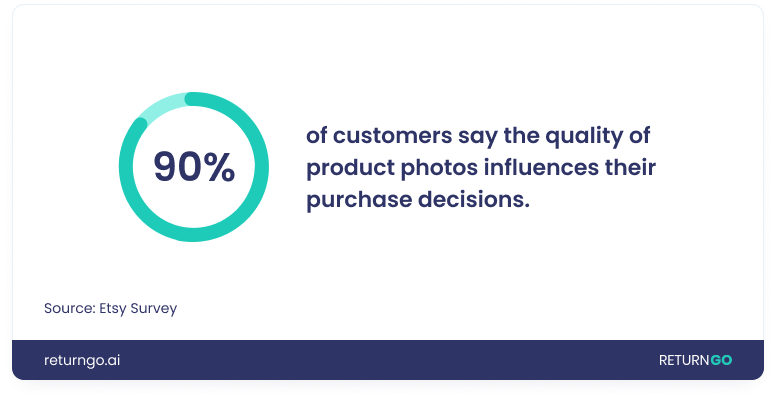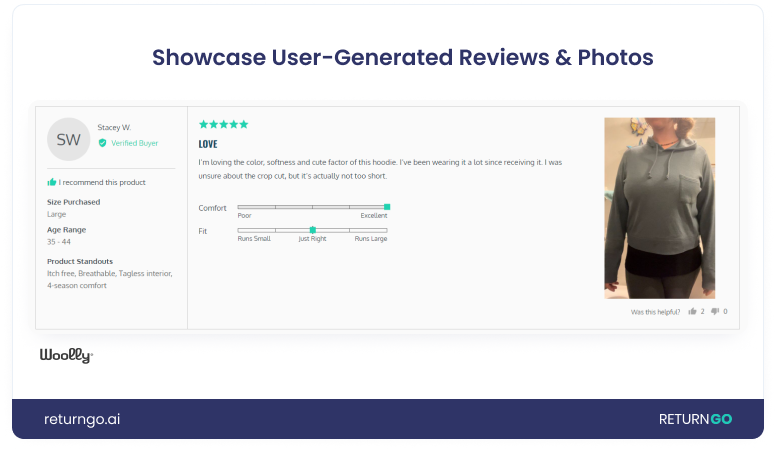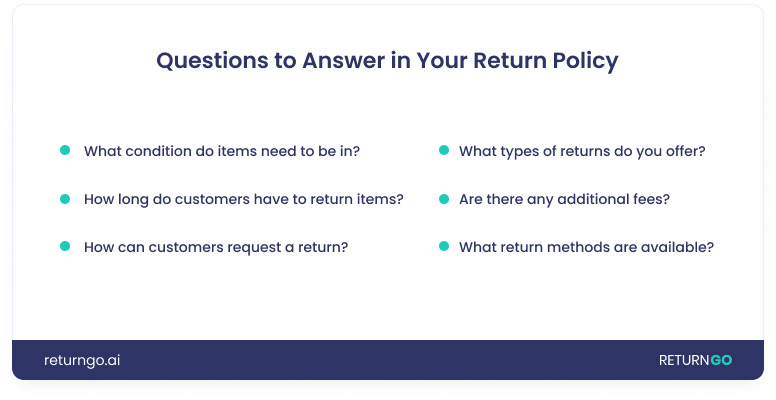Industries
Technology & Innovations
Semi Trucks
Logistics
Lease & Maintenance
Buy Used Trucks

High return rates? Unclear product pages could be to blame. Optimize your product pages to set clear expectations and reduce return rates due to misunderstandings.
Having high-quality product pages is essential for reducing returns and maximizing profits. If your pages don't accurately showcase your products and set the right expectations, you're likely to get unhappy customers returning items that didn't meet their needs.
Dealing with a high volume of returns can greatly impact your business. Returns mean lost sales, high return shipping and processing costs, and time spent processing those returns. It's a major hassle and it cuts into your bottom line.
The solution? Invest time into improving your product pages. Clear, detailed product pages can go a long way in reducing returns by ensuring that customers know exactly what they're buying.
Ready to level up your product pages and cut those return rates? Here are 7 tips to get you started:
1. High-Quality Images & Videos
Think of product images and videos as your virtual showroom. This is your chance to showcase your product in all its glory. Product images play a huge role in customers deciding whether to buy or not, with 90% of customers saying that the quality of product photos influences their purchase decision. Blurry photos or poor lighting can be misleading about an item's true quality, color, or details.

To set your customers up for success, showcase your products from multiple angles using clear, well-lit images. Even better? Include 360° shots or videos that demonstrate how the product looks and functions in real life.
For apparel or accessories, have models showcase the fit, and for items with unique textures or materials, add close-up shots so customers can inspect every detail.
For a next-level product page, include the following:
2. Detailed & Accurate Descriptions
While images give a visual feel for the product, your written descriptions provide all the crucial details customers need to make an informed purchase.
Make sure to cover key features, dimensions, weight, materials, and anything else that's relevant. But avoid getting too jargon-y or technical - keep your descriptions clear and easy to understand.
One thing that many merchants overlook is sizing and fit info. This can be huge for reducing returns, especially for products like clothing and footwear. Include a size chart with clear measurements and a fit guide that describes how the garment runs (e.g., true to size, loose fit). A little guidance can go a long way in preventing disappointment.
3. Set Customer Expectations
Customers often return items complaining that they didn’t fit their expectations, the shipping took longer than they thought, or the instructions weren't clear. Avoid those disappointments by being 100% upfront on your product pages.
Clearly list out everything that's included (or not included) with the purchase. If there are any limitations, special requirements, or special care instructions, make sure to specify them too.
Let customers know exactly when they can expect their order to arrive. Customers will appreciate the transparency even if the wait is longer than they'd hoped. Then partner with a reliable fulfillment provider like Ryder to ensure seamless fulfillment and delivery, and make sure the expectations you set are met.
4. Leverage User-Generated Content (UGC)
People trust people. That's why user-generated content (UGC) like customer reviews, photos, and testimonials can be a powerful tool for reducing returns.
These elements prove that other shoppers are enjoying your products, and seeing reviews from people with different body types or lifestyles gives customers a realistic idea of how the item will look and function for them.
Pretty much all (98%) of customers say reviews are an essential resource when making purchase decisions, and 82% of customers trust ratings and reviews as much as or more than recommendations from family members or friends.
So be sure to highlight customer product reviews, photos, and more on all your product pages.

5. Answer Frequently Asked Questions (FAQs)
No matter how detailed your product descriptions are, there are bound to be some common questions or concerns that come up again and again. Get ahead of those by prominently featuring FAQs on your product pages to remove any barriers to purchase.
Put yourself in your customer's shoes. What questions might they have about your product? Anticipate those questions and provide clear, concise answers in a dedicated FAQ section. This saves your team from answering the same questions repeatedly and empowers customers to make confident buying decisions.

6. Offer Multiple Variants (if applicable)
If you sell products with different color, size, or style options, make sure to showcase every available variant on the product page.
Use clear naming conventions and descriptions to clarify the differences between variants. Also, make sure to include high-quality images for each variant so customers know exactly what they're getting.
7. Make the Return Policy Easy to Find
Nobody likes surprises, especially when it comes to returns. Make your return policy easy to find by linking to it on every product page. Clearly outline the process for initiating a return and be upfront about any associated costs, timelines, and final sale items that can't be returned.

Even better, simplify the process using a returns management platform like ReturnGO to provide customers with a self-service return portal they can access at any time to easily request a refund or exchange, automating the returns management process for your store.
Ultimately, creating in-depth, accurate product pages will pay off big time. Customers will have a satisfying shopping experience knowing exactly what to expect, and you'll enjoy fewer returns, happier shoppers, better conversion rates, and higher profits.
Take the time to improve your product pages using these tips, and watch your return rates drop while your sales keep climbing.
Rebecca Fox
Product Marketing Manager, ReturnGO
Rebecca Fox is ReturnGO’s Product Marketing Manager. She is passionate about educating eCommerce business owners on how they can streamline their post-purchase process. Using her experience and industry expertise, Rebecca is committed to helping businesses thrive in the ever-changing world of eCommerce.